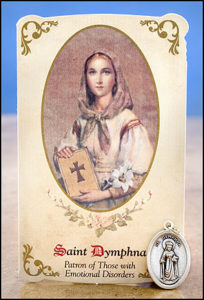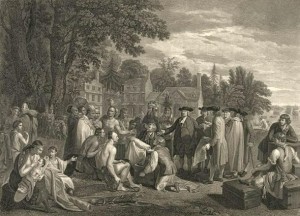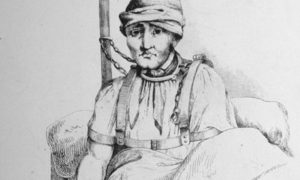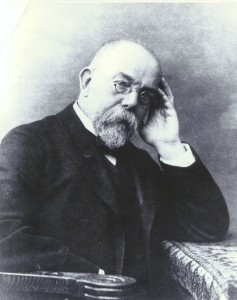One of the worst problems for patients at the Canton Asylum for Insane Indians was the lack of cultural sensitivity on the part of the institution’s staff (and throughout the Bureau of Indian Affairs). No greater contrast to the BIA’s handling of the insane can be found, perhaps, than the treatment the insane received in Gheel, Belgium.
Though the reality might not have been quite as idyllic as often portrayed, there is little to criticize in the underlying premise behind this town’s attitude toward the insane. Originally, insane patients were brought to the shrine of St. Dymphna (the patron saint of people suffering from nervous and mental afflictions), who is buried at Gheel. Many patients were said to have been healed there, but others were left at the shrine to be cared for by villagers. For nearly a thousand years, mental patients have lived with host families in the town of Gheel or with families in the surrounding countryside. They worked, went into town, participated in amusements, and enjoyed most of the same life events that their hosts did. The result was almost complete de-institutionalization for these patients, and they certainly were given care within their own culture.
Gheel had an asylum where patients received initial care or stayed for a time before being assigned to a family. There were isolation cells at the asylum for the violent insane, but otherwise, no restraints were used. Though many alienists admired the community at Gheel and its method of treating the insane, most acknowledged that it couldn’t be copied very easily elsewhere.
______________________________________________________________________________________
























